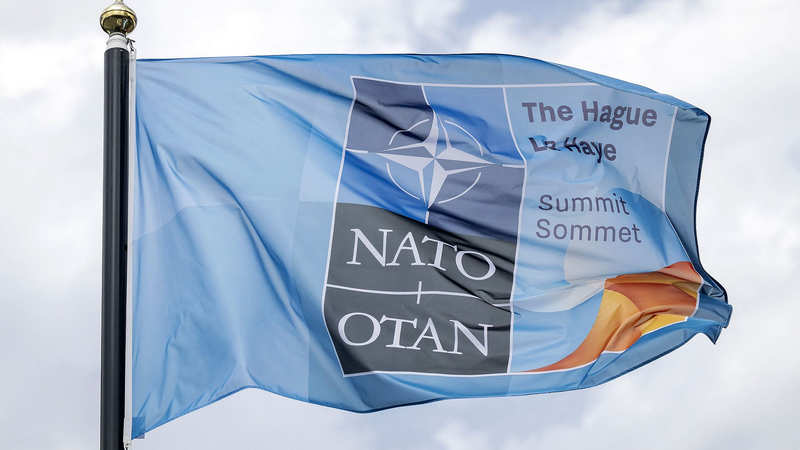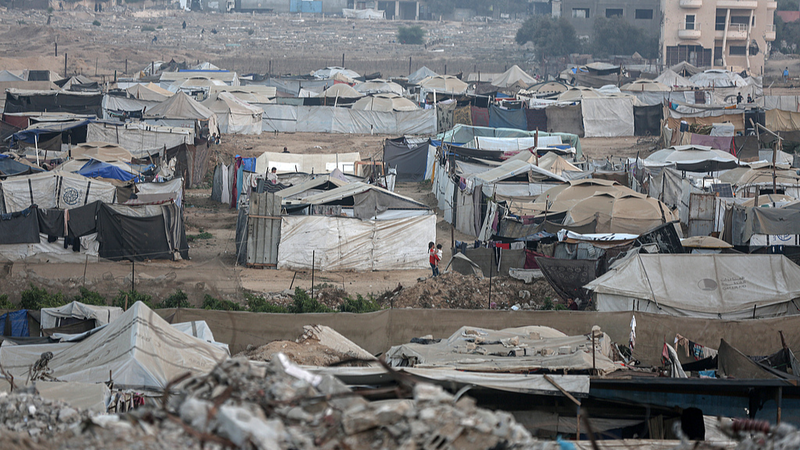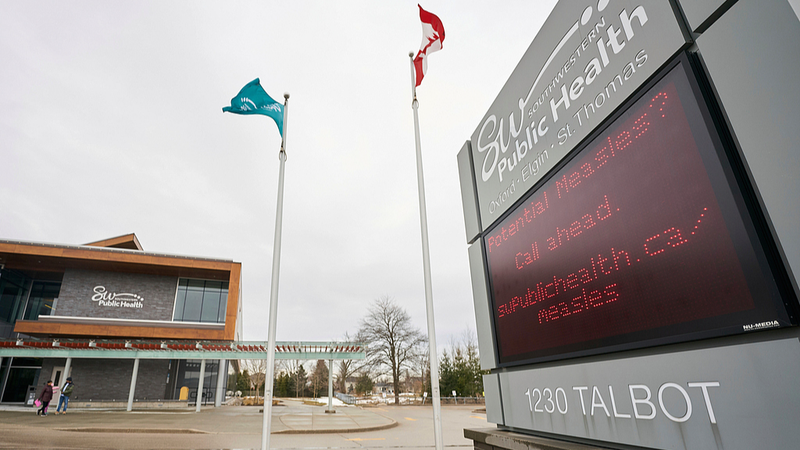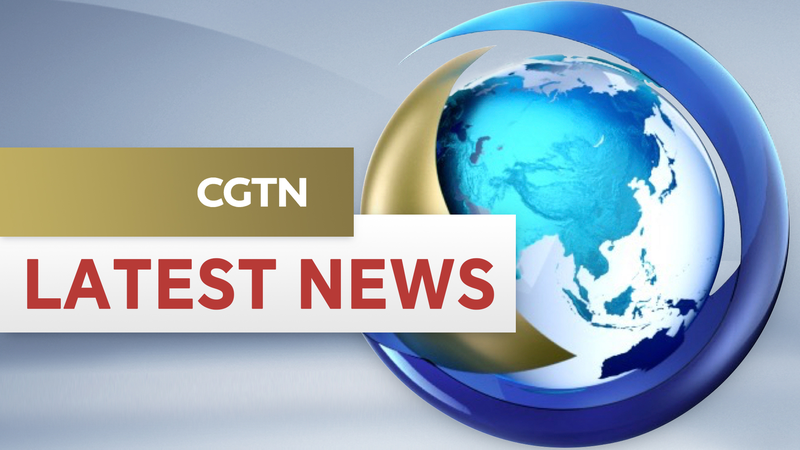NATO members are gearing up for a high-stakes summit on June 24 and 25 in The Hague, the Netherlands. They face complex security challenges abroad and divergent views on how to respond.
The primary agenda item is setting a fresh target for allied defense spending. At a recent ministerial in Brussels, NATO defense ministers 'broadly' agreed to pursue a significant boost to 5 percent of GDP. But sharp disagreements over the timeline and specific spending categories laid bare deep divisions.
Mark Rutte, NATO's secretary general, told reporters he felt 'total confidence' an agreement would be struck by the summit. He floated a compromise: a 3.5 percent core defense spending target, paired with 1.5 percent for broader security-related investments — think infrastructure — by 2032.
U.S. President Donald Trump has long pushed for a 5 percent defense benchmark. While spending has climbed since the Russia-Ukraine conflict began, nearly a third of NATO members still fall short of the existing 2 percent GDP goal.
On the sidelines, Spain formalized a 2.1 percent cap on its military budget. In a press conference at La Moncloa Palace, Spanish prime minister Pedro Sanchez said Spain will need to allocate 2.1 percent of its GDP to meet all Alliance requests — no more, no less. He also rejected raising the bar to 5 percent, citing fiscal realities.
With time running out, NATO nations will aim to thread the needle between ambition and pragmatism in The Hague. All eyes will be on whether they can unite behind a spending plan that balances shared security needs with national priorities.
Reference(s):
cgtn.com




